Species Photo Gallery for Stictocephala lutea No Common Name 8 |
 | Photo by: Kyle Kittelberger, Brian Bockhahn, Paul Scharf
Wake Co.
Comment: grassy habitat | 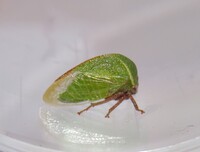 | Photo by: B. Bockhahn
New Hanover Co.
Comment: |
 | Photo by: Alex Baranowski
Washington Co.
Comment: we caught a number of Stictocephala lutea at a wetland in Exeter, RI and found in the lab, they will feed on a few Salix species |  | Photo by: Alex Baranowski
Washington Co.
Comment: we caught a number of Stictocephala lutea at a wetland in Exeter, RI and found in the lab, they will feed on a few Salix species |
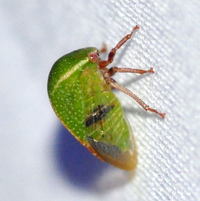 | Photo by: Kyle Kittelberger, Brian Bockhahn, Paul Scharf
Wake Co.
Comment: grassy habitat | 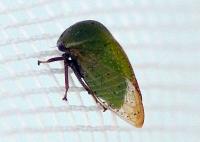 | Photo by: Paul Scharf, B Bockhahn
Burke Co.
Comment: Attracted to light |
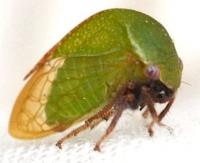 | Photo by: Paul Scharf
Halifax Co.
Comment: | 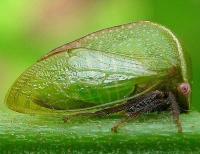 | Photo by: T. DeSantis
Camden Co.
Comment: DISW |
|

 »
»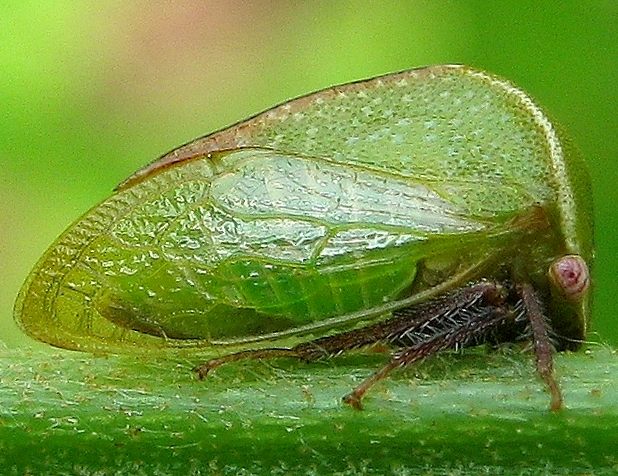
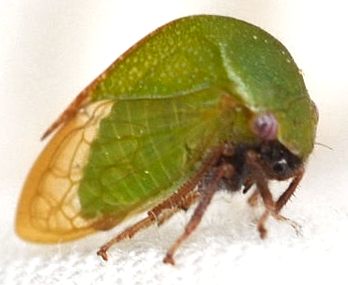


 »
»

